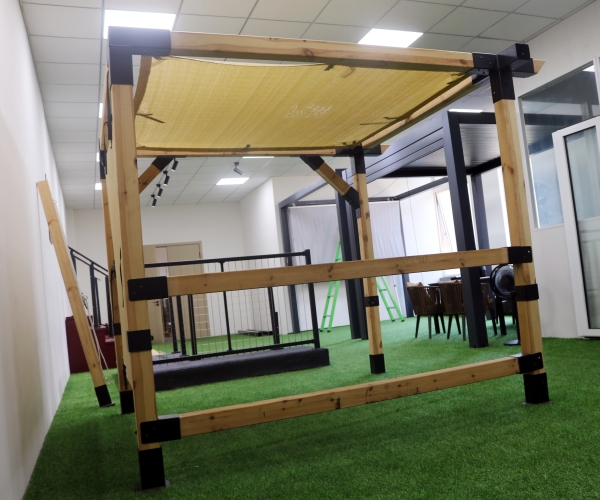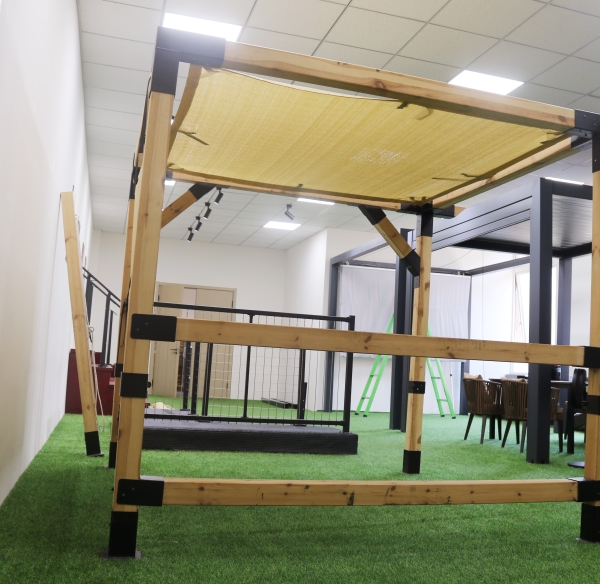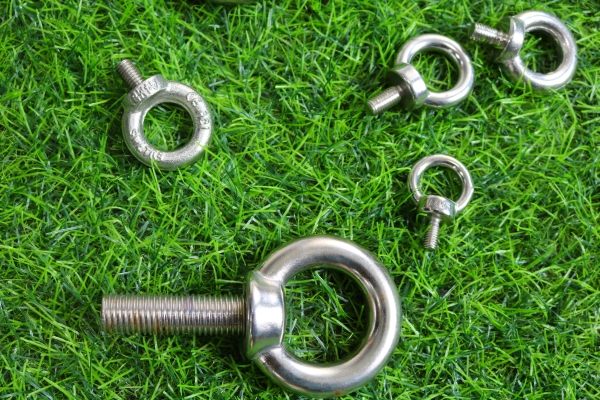أفضل 5 سبائك من الفولاذ المقاوم للصدأ متاحة للبيع
الفولاذ المقاوم للصدأ هو مادة متعددة الاستخدامات ومتينة تستخدم على نطاق واسع في مختلف الصناعات، بما في ذلك البناء والسيارات والفضاء. إحدى الخصائص الرئيسية للفولاذ المقاوم للصدأ هي صلابته، وهو أمر بالغ الأهمية للتطبيقات التي تتطلب مقاومة التآكل والتآكل. هناك العديد من الأنواع المختلفة من سبائك الفولاذ المقاوم للصدأ المتاحة في السوق، ولكل منها مجموعة فريدة من الخصائص. سنناقش في هذه المقالة أفضل 5 سبائك من الفولاذ المقاوم للصدأ متاحة للبيع حاليًا.
الفولاذ المقاوم للصدأ الأوستنيتي هو نوع آخر من الفولاذ المقاوم للصدأ المعروف بصلابته. الفولاذ المقاوم للصدأ الأوستنيتي هو الفولاذ المقاوم للصدأ غير المغناطيسي الذي يحتوي على مستويات عالية من الكروم والنيكل، مما يمنحه مقاومة ممتازة للتآكل والصلابة. يُستخدم الفولاذ المقاوم للصدأ الأوستنيتي بشكل شائع في التطبيقات التي تتطلب قوة وصلابة عالية، مثل أوعية الضغط والأنابيب ومعدات المعالجة الكيميائية.
الفولاذ المقاوم للصدأ المزدوج هو نوع من الفولاذ المقاوم للصدأ يجمع بين خصائص الفولاذ المقاوم للصدأ الأوستنيتي والفيريتيك. يُعرف الفولاذ المقاوم للصدأ المزدوج بقوته وصلابته العالية ومقاومته للتآكل، مما يجعله مثاليًا للتطبيقات التي تتطلب مزيجًا من هذه الخصائص. يُستخدم الفولاذ المقاوم للصدأ المزدوج بشكل شائع في منصات النفط والغاز البحرية، حيث تعد القوة العالية ومقاومة التآكل أمرًا بالغ الأهمية.
أخيرًا، الفولاذ المقاوم للصدأ من الحديديك هو نوع آخر من الفولاذ المقاوم للصدأ المعروف بصلابته. الفولاذ المقاوم للصدأ من الحديديك هو الفولاذ المقاوم للصدأ المغناطيسي الذي يحتوي على مستويات عالية من الكروم، مما يمنحه مقاومة ممتازة للتآكل وصلابة. يستخدم الفولاذ المقاوم للصدأ الحديدي بشكل شائع في تطبيقات السيارات، حيث يتطلب الأمر قوة عالية ومقاومة للتآكل.
في الختام، هناك العديد من الأنواع المختلفة من سبائك الفولاذ المقاوم للصدأ المتاحة للبيع، ولكل منها مجموعة فريدة من الخصائص. أقوى 5 سبائك من الفولاذ المقاوم للصدأ تمت مناقشتها في هذه المقالة – الفولاذ المقاوم للصدأ المارتنسيتي، والصلب بالترسيب، والأوستنيتي، والمزدوج، والفولاذ المقاوم للصدأ الحديدي – كلها معروفة بقوتها وصلابتها العالية ومقاومتها للتآكل. تُستخدم سبائك الفولاذ المقاوم للصدأ بشكل شائع في مجموعة واسعة من التطبيقات، بدءًا من أدوات القطع والسكاكين وحتى أوعية الضغط ومنصات النفط والغاز البحرية. عند اختيار سبيكة من الفولاذ المقاوم للصدأ لتطبيق معين، من المهم مراعاة الصلابة والخصائص الأخرى للسبيكة للتأكد من أنها تلبي متطلبات التطبيق.

Austenitic stainless steel is another type of stainless steel that is known for its hardness. Austenitic stainless steel is a non-magnetic stainless steel that contains high levels of chromium and nickel, which give it excellent corrosion resistance and hardness. Austenitic stainless steel is commonly used in applications that require high strength and toughness, such as pressure vessels, piping, and chemical processing equipment.
Duplex stainless steel is a type of stainless steel that combines the properties of austenitic and ferritic stainless steels. Duplex stainless steel is known for its high strength, hardness, and corrosion resistance, making it ideal for applications that require a combination of these properties. Duplex stainless steel is commonly used in offshore oil and gas platforms, where high strength and corrosion resistance are critical.
Lastly, ferritic stainless steel is another type of stainless steel that is known for its hardness. Ferritic stainless steel is a magnetic stainless steel that contains high levels of chromium, which give it excellent corrosion resistance and hardness. Ferritic stainless steel is commonly used in automotive applications, where high strength and corrosion resistance are required.
In conclusion, there are many different types of stainless steel alloys available for sale, each with its own unique combination of properties. The top 5 hardest stainless steel alloys discussed in this article – martensitic, precipitation-hardening, austenitic, duplex, and ferritic stainless steel – are all known for their high strength, hardness, and corrosion resistance. These stainless steel alloys are commonly used in a wide range of applications, from cutting tools and knives to pressure vessels and offshore oil and gas platforms. When selecting a stainless steel alloy for a specific application, it is important to consider the hardness and other properties of the alloy to ensure that it meets the requirements of the application.







